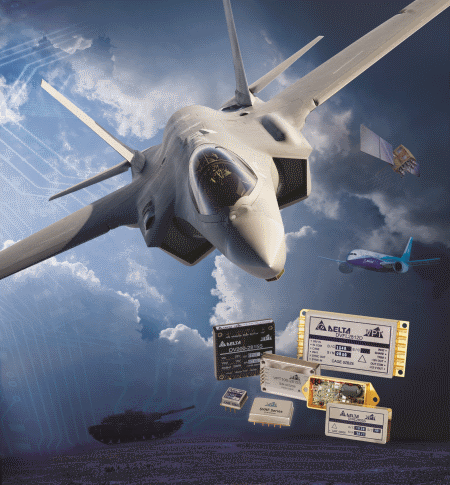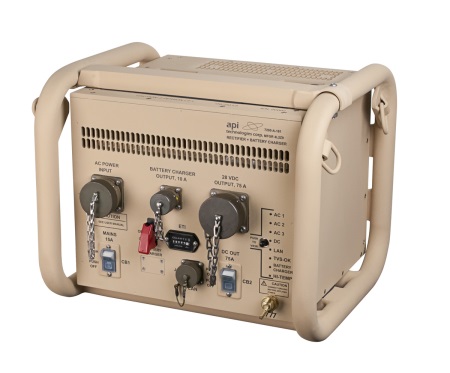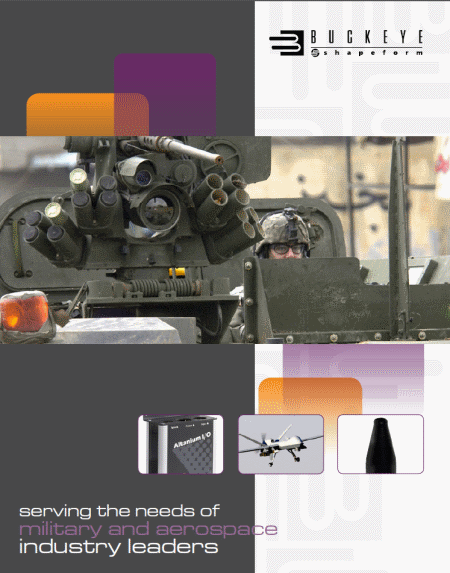Military-aerospace companies look to be competitive in similar ways to commercial companies, by making products smaller, cheaper, and faster. However, the military companies then they must make them more rugged and secure than their nonmilitary counterparts. Read what our experts from API Technologies and VPT have to say about trends for military/aerospace products.
Tara Flynn Condon, Vice President, Corporate Development & Marketing for API Technologies ,says that in 2014 we will see advancements in miniaturization continue. Just as in the commercial sector, the military and aerospace sectors strive to do more in a smaller footprint for greatly improved flexibility and portability. Reducing size, weight, and power consumption are even more important today, since the military continues to look to extend operational life.
Spectrum management is also becoming increasingly important, as we are seeing exponential growth in the amount of data travelling across the same finite spectrum. With this, signal interference has become a major challenge, and will only continue to worsen. More sophisticated electronic systems will need to minimize cross-channel interference.
With SIGINT becoming an even bigger deal in electronic warfare, we expect to see continued growth in this arena. Military relies on GPS; and our enemies know that. Jamming/antijamming technology is the key to protection, as well as the way to defeat emerging adversaries.
There also seems to be a shifting mindset of mil and aero electronics buyers as they take on commercial buying habits. Buyers are holding suppliers to tighter turnaround times and more competitive pricing. Defense electronics firms with a strong commercial backbone that combines strong engineering with the ability to turn products quickly can do well here.
Monty Pyle, Vice President of Sales and Marketing for VPT , peered into the future and saw that even though development, qualification, and program cycles are lengthy in the mil-aero industry compared to most other industries, short- and long-term trends tend to be one and the same. With that clarified, we see the trend of cost sensitivity steering requirements to those product offerings that meet the application requirement, but do not exceed them. For example, in past years, a MIL-PRF-38534 Class H qualified dc/dc converter may have been selected for a given application because it was better than the requirement, and the customer then moved on to their next material decision. Today that same customer will scrutinize their application requirements, compare that to the offerings available, and then select either the same product as before, the same but lesser-screened device or even an entirely different device from a commercial offering.

VPT provides a full range of proven dc/dc converters, EMI Filters, and accessory products to Mil/Aero, High-Rel COTS, and space customers.

The COTS TPS75 DC Tactical Power Supply from API Technologies is for RF and mobile networks, C4ISR applications, and unmanned systems. It accepts power from single or three phase generators or shore/community power. It converts ac to 28-Vdc power at 75 A.

The demand for unmanned aerial vehicles (UAVs) is increasing because of the rise in the adoption by government defense programs and civil use applications. Analog Devices provides best-in-class technology solutions in the areas of gimbal control, imaging, radar, avionics, data link communications, and MEMS based sensor technology for UAV navigation.
www.analog.com

Custom fabricated sapphire domes feature a combination of optical and mechanical properties for protecting guidance systems, sensors, and other devices in harsh airborne and subsea environments. The domes are unaffected by fast moving dirt, sand, saltwater, and chemicals. They feature Moh 9 hardness and provide up to 85% transmission uncoated in the UV and IR range, and up to 99% when anti-reflective coated on two sides.

The LGDS-100-P-K module transient/spike suppressor is rated to sustain transients up to 100 and 202 V to comply with MIL-STD-1275 and DEF-STAN 61-5 part 6 standards. The transient suppressor handles up to 100 W with no heatsink. The device provides input undervoltage lockout, output overcurrent protection, and overtemperature protection.
www.gaia-converter.com

Buckeye Shapeform provides products and enclosures that use the company’s deep-draw technology and refined enclosure creation process. The technology ensures product precision, performance, and efficiency even when employed in harsh and often hostile environments.
http://www.buckeyeshapeform.com/
Advertisement





